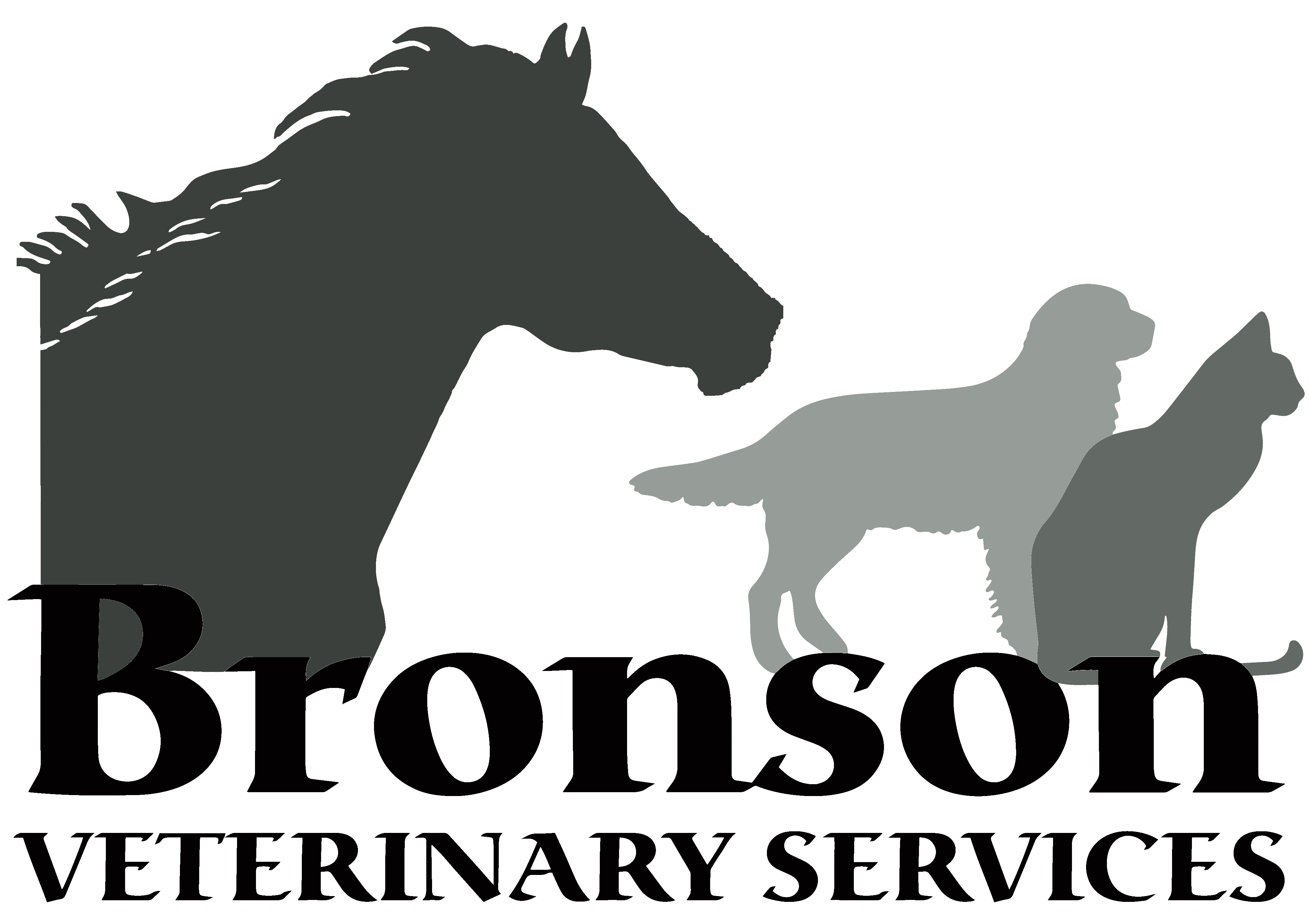Cephalexin
What is cephalexin?
 Cephalexin (brand names Rilexine®, Keflex®, Vetolexin®) is an oral antibiotic used to treat pyoderma and other bacterial skin infections in dogs and is used off label (extra-label) in cats, horses, ferrets, reptiles, and birds to treat pyoderma and some other types of skin infections. It is sometimes used off label (extra label) to treat some urinary tract infections in cats and dogs.
Cephalexin (brand names Rilexine®, Keflex®, Vetolexin®) is an oral antibiotic used to treat pyoderma and other bacterial skin infections in dogs and is used off label (extra-label) in cats, horses, ferrets, reptiles, and birds to treat pyoderma and some other types of skin infections. It is sometimes used off label (extra label) to treat some urinary tract infections in cats and dogs.
Many drugs are commonly prescribed for off-label use in veterinary medicine. “Off label” means the drug is being used in a way that has not been reviewed or approved by the U.S. Food and Drug Administration (FDA) or Health Canada. In these instances, follow your veterinarian’s directions and cautions carefully, as they may be significantly different from those on the label.
How is cephalexin given?
- Cephalexin is available as a capsule, chewable tablet (for dogs), and oral suspension (liquid). In Canada, it is also available in an oral paste.
- Cephalexin can be given with or without food.
- If your pet vomits or seems unwell after receiving the medication, try giving it with a small amount of food.
- Shake the liquid form well and measure doses carefully.
- It is important that your pet completes the antibiotic as directed by your veterinarian, even if your pet appears to feel better.
This medication will start working in one to two hours, but effects may not be noted outwardly for a few days.
What if I miss giving my pet the medication?
If you miss a dose, give it as soon as you remember, and then continue with the regular dosing schedule. However, if it is almost time for the next dose, skip the missed dose and resume the regular dosing schedule. Do not give the pet two doses at once.
Are there any potential side effects?
Cephalexin may cause the following side effects. If these side effects become severe, contact your veterinarian:
- Gastrointestinal upset, including lack of appetite, vomiting, and diarrhea
- Fever, rashes, difficulty breathing, and/or pale gums (may indicate an allergic reaction to the drug)
Serious adverse reactions may occur. If any of the following signs develop, stop giving cephalexin and contact your veterinarian immediately:
- Skin reactions (rare)
- No food intake for 24 hours (in cats, could lead to more severe complications)
Drug sensitivities can develop over time, with repeated exposure. Your pet may have no reaction after the first few doses but may develop a sensitivity later. It is important to watch for signs of an allergic reaction over the entire course of treatment.
Other side effects may occur. If you notice anything unusual, contact your veterinarian immediately. This short-acting medication should stop working within 24 hours, although effects can be longer in pets with liver or kidney disease.
Are there any risk factors for this medication?
DO NOT USE cephalexin in:
- Pets with a known hypersensitivity or allergy to cephalosporins
USE WITH CAUTION in:
- Rabbits
- Small rodents
- Pets that are sensitive to certain other antibiotics, including penicillins, rapamycin, and carbapenems
- Pets with kidney dysfunction (lower doses may be necessary)
- Pets that are pregnant or nursing
Are there any drug interactions I should be aware of?
There are no documented drug interactions for this medication in animals. However, several medications should be used with caution when given with cephalexin, including:
- Probenecid (Benemid®, Benuryl®)
- Warfarin (Coumadin®, Jantoven®, Panwarfin®)
Be sure to tell your veterinarian about any medications (including vitamins, supplements or herbal therapies) that your pet is taking before starting any treatment.
Is any monitoring needed with this medication?
- Pets with kidney disease may require monitoring.
- Your veterinarian will let you know when and how they want to reassess your pet to ensure the medication is working and not causing side effects.
- At home, monitor for any side effects such as those noted above. If any occur, stop using the medication and contact your veterinarian.
How do I store cephalexin?
- Cephalexin should be stored in a tightly sealed container, protected from light, and at room temperature between 59°F and 86°F (15°C and 30°C).
- Oral suspensions should be stored in the refrigerator and disposed of after 14 days.
What should I do in case of an emergency?
If you suspect an overdose or an adverse reaction to the medication, call your veterinary office immediately. If they are not available, follow their directions in contacting an emergency facility. Be prepared to provide information about the product and your pet's weight and symptoms.
© Copyright 2025 LifeLearn Inc. Used and/or modified with permission under license. This content written by LifeLearn Animal Health (LifeLearn Inc.) is licensed to this practice for the personal use of our clients. Any copying, printing or further distribution is prohibited without the express written consent of LifeLearn. This content does not contain all available information for any referenced medications and has not been reviewed by the FDA Center for Veterinary Medicine, or Health Canada Veterinary Drugs Directorate. This content may help answer commonly asked questions, but is not a substitute for medical advice, or a proper consultation and/or clinical examination of your pet by a veterinarian. Please contact your veterinarian if you have any questions or concerns about your pet’s health. Last updated on Jun 11, 2025.



